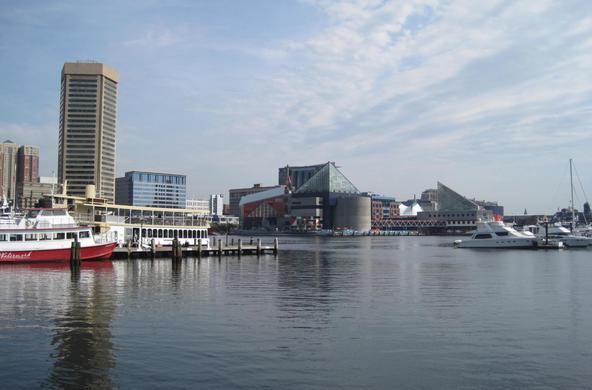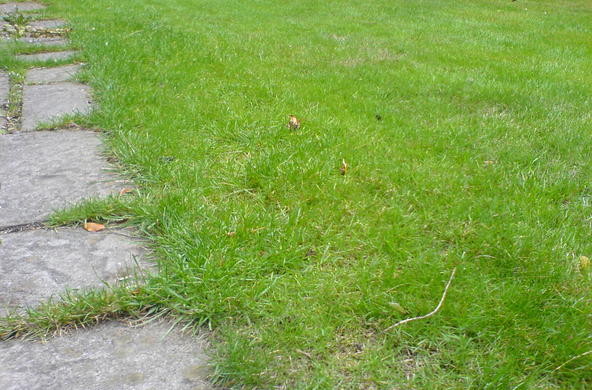When you think of urban planning and design, the U.S. Forest Service likely isn't the first federal agency that comes to mind. But with upwards of 70 percent of the world's population projected to live in cities by 2050, the Forest Service is not only paying attention to urban ecosystems, they're hoping to help shape urban design and planning around them.
Published earlier this month, The Baltimore School of Urban Ecology is a step in that direction. The book argues that rather than see cities as an entity separate from the natural world as humans essentially have since cities were invented, we should look at cities as an integrated part of nature and design them as such. The book was written by Forest Service scientist Morgan Grove, who drew on 20 years of research in Baltimore. Mary L. Cadenasso of the University of California, Davis; Steward T.A. Pickett, of the Cary Institute of Ecosystem Studies; Gary E. Machlis of Clemson University; and William R. Burch Jr. of Yale University School of Forestry and Environmental Studies co-authored the book.
"The Forest Service's mission is caring for the land and serving the people," says Grove. "We're increasingly recognizing a super majority of people in the U.S. live in urban areas so this is about caring for the land and serving people where they live."
Grove's argument is essentially New Urbanism through a Forest Service ecology lens.
"The big picture of the book is how do we take contemporary understandings of cities from social, economic, ecological perspectives and use that to improve how we study cities and improve policies, planning, management, particularly to address concerns about sustainability," Grove explains.
While conducting research in Baltimore, Grove and his colleagues realized that the elements we traditionally think of as urban nature — street trees, parks, green space — simply aren't sufficient for accomplishing ever more pressing sustainability goals. It's not possible for street trees and parks alone to fix urban heat island problems or stormwater problems.
"The entire landscape has ecological processes going on. Your front yard or back yard or a vacant lot has nature in it. If we want to build a more sustainable city it requires that we take advantage of that entire landscape," says Grove.
One of the goals of the book is to establish a structured framework that planners and decision-makers can use to help guide them toward better land use.
The key to better land use, says Grove, is something the book calls multi-functional landscapes. Essentially, Grove and his colleagues think cities need to wring every last drop of value out of land in order to achieve any semblance of urban sustainability. "We need to think about land as a three-dimensional object. We can put things on sides of buildings, on tops of buildings. If we have open land at ground level, how does it reduce heat and manage stormwater? How can it enhance diversity, provide for pollinators, produce food?"
Grove says for example, Baltimore could turn vacant lots into high-performance, multi-functional pieces of land. In his vision, rather than bulldozing a decrepit house into the basement and simply rebuilding, you would put a big cistern in and channel the stormwater there. You would then put dirt over the cistern on top of which you could put group housing or agriculture or a park. Then when there's a drought, you can pump water from the cistern through a filter rather than using drinking water or letting everything die.
Of course Grove's vision of vertical, high-performing land use is a significant leap from the reality of today's cities. But he's hoping that this sort of sustainable thinking can take hold in cities yet to come. He points out that, "most of the urban population we'll see in 2050 will be in cities that don't even exist yet in Africa, southeast Asia, China, Central and South America. We need to think about how we plan for those cities."
And though it might be a bit of a stretch for cities to achieve that level of sustainability, Grove says we don't have much choice. "There will never be enough public land to achieve sustainability goals. No city will ever be fully sustainable, but they can be more sustainable as they try to plan for disaster and resiliency."





